The tenor banjo, characterized by its distinct, plucky sound, has been a staple in a variety of music genres, particularly traditional Irish music, jazz, and folk music. Its unique four-string structure lends itself to a myriad of tunings, making it a versatile instrument for crafting melodies. This document explores a collection of notable songs that showcase the enchanting resonance of the tenor banjo, taking listeners on a melodious journey through different eras and genres.
What Makes the Ideal Beginner Banjo or Mandolin Tune?
When it comes to beginner tunes for the banjo or mandolin, several factors make a song ideal for beginners. The tune should have a simple and repetitive melody line, allowing novices to focus on mastering basic techniques. Additionally, songs with slower tempos and fewer chord changes are easier to follow and provide an opportunity for beginners to build confidence with the instrument. The complexity of the rhythm also plays a part, as tunes with a steady beat and without syncopation are generally easier for beginners. Lastly, a beginner tune should be enjoyable and musically satisfying to play, fostering a sense of accomplishment and encouraging continued practice.[1]
Jim Ward’s Jig
One of the most celebrated traditional Irish tunes is “Jim Ward’s Jig,” a beloved composition that holds a special place in the hearts of musicians and enthusiasts alike. This enchanting melody has been cherished for generations and has become an exemplary beginner song for aspiring tenor banjo players.
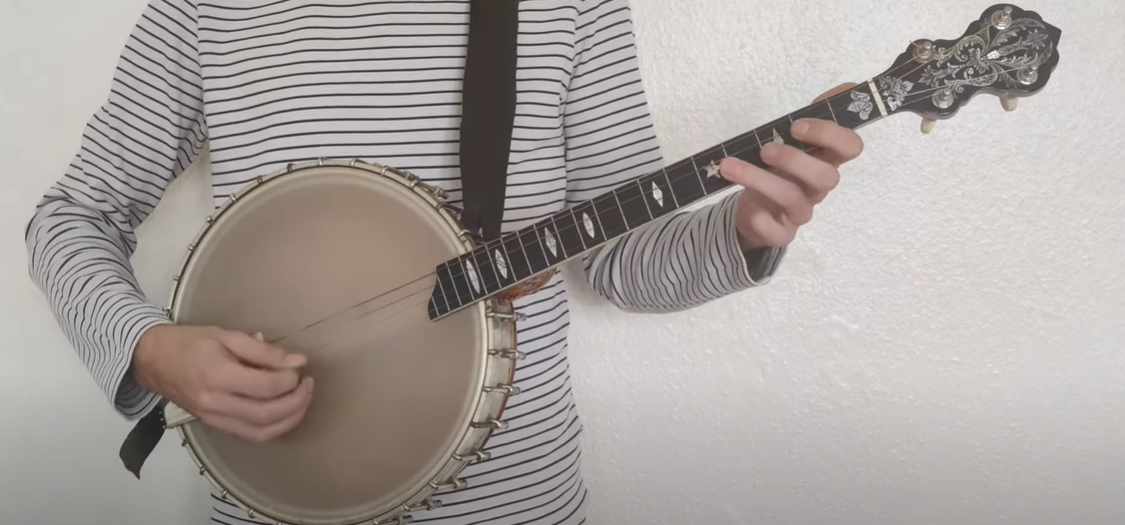
“Jim Ward’s Jig” beautifully captures the essence of the jig rhythm, characterized by its lively 6/8 time signature. Its melody gracefully dances within a single octave, offering a manageable challenge for those just starting their musical journey. As beginners navigate the tune, they can develop and refine their fundamental playing techniques, all while delighting in the captivating melody.
More than just a beginner’s piece, “Jim Ward’s Jig” serves as a stepping stone into the vast and vibrant world of Irish music. It ignites a passion for the genre and encourages continued exploration of the tenor banjo’s boundless potential. Let this timeless tune be the catalyst for a lifelong love affair with the enchanting realm of Irish music.[1]
The Lilting Banshee
Another traditional Irish classic often played on the tenor banjo is “The Lilting Banshee”. This timeless tune, with its catchy, lilting melody and relatively simple structure, has captivated musicians for generations. It employs a repetitive rhythm, allowing beginners to develop a keen sense of the pacing and flow of traditional Irish music. The chord progressions in “The Lilting Banshee” are straightforward and occur at predictable intervals, providing a comfortable learning experience for those still familiarizing themselves with the fretboard.
Moreover, this tune offers a unique opportunity for beginners to experiment with the distinctive, buoyant rhythm of the jig, which is a hallmark of Irish music. By mastering “The Lilting Banshee,” aspiring players can lay a solid foundation for their exploration of more intricate and complex tunes in the future. The enchanting melody and rhythmic simplicity of this piece make it an absolute joy to play, fostering a deep appreciation for the charm and versatility of the tenor banjo.
Whether you’re a beginner seeking to embrace the magic of Irish music or an experienced player looking to add another gem to your repertoire, “The Lilting Banshee” is a delightful and rewarding tune that will transport you to the heart of Irish musical tradition.[1]
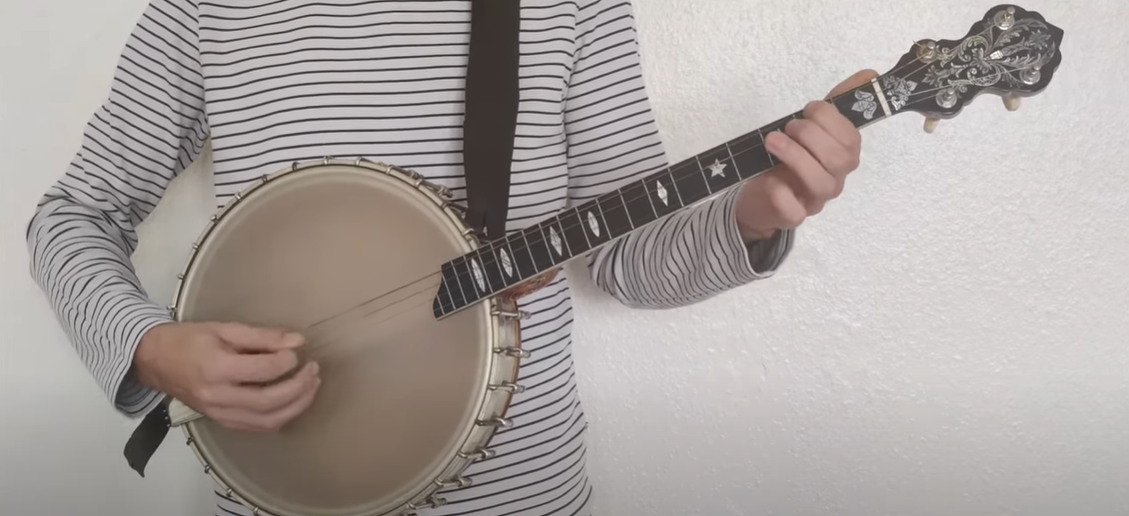
The Leitrim Fancy
“The Leitrim Fancy” is a cherished tune among tenor banjo enthusiasts, especially those who appreciate the rich and vibrant tradition of Irish music. Named after the picturesque county of Leitrim in Ireland, this lively jig captivates listeners with its memorable and uplifting melody. With its somewhat slower tempo and uncomplicated chord progression, it serves as an excellent choice for beginners who are still acquainting themselves with the intricacies of the tenor banjo.
Whether you are a seasoned enthusiast or just beginning your musical journey, “The Leitrim Fancy” promises to leave a lasting impression and further ignite your passion for the enchanting world of Irish music.[1]
FAQ
What is a tenor banjo used for?
The tenor banjo, a truly versatile instrument, is cherished across multiple music genres, most notably traditional Irish music, jazz, and folk music. Its distinctive, resonant sound, characterized by bright, penetrating tones, makes it an excellent choice for leading melodies or providing rhythmic accompaniment.
In the realm of Irish music, the tenor banjo plays a paramount role, gracefully carrying the melody with its vibrant and commanding presence. Its notes, shimmering like rays of sunshine, effortlessly guide the audience through the enchanting tunes of this beloved genre.
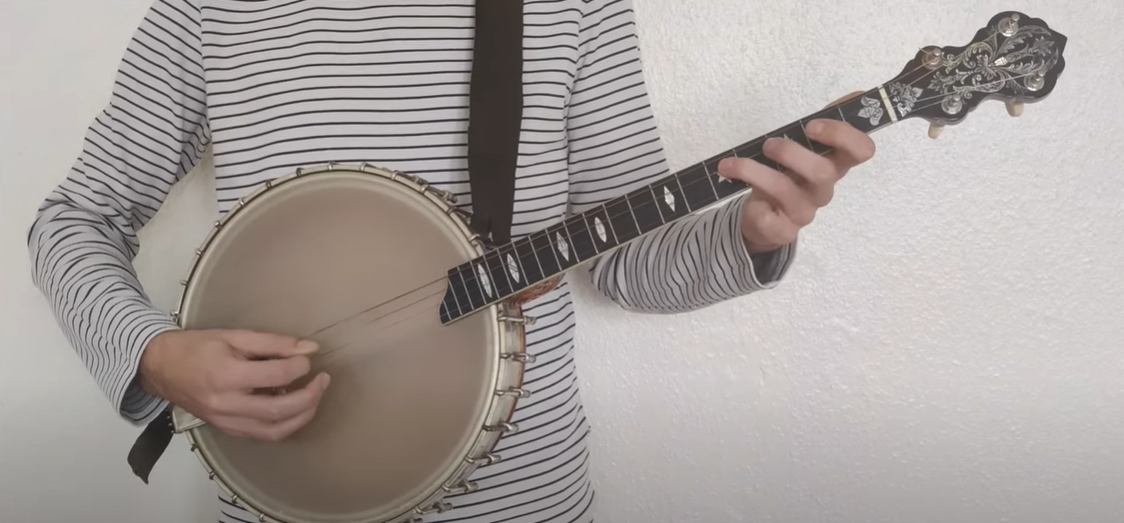
In the world of jazz, the tenor banjo assumes a different yet equally vital role. With its sharp, percussive sound, it provides a rhythmic backing that cuts through the ensemble, adding texture and depth to the music. Its unique timbre creates a vibrant synergy with other instruments, setting the stage for extraordinary improvisations and captivating performances.
While folk and bluegrass music embrace the tenor banjo’s versatility, it often alternates between playing the lead role and providing rhythmic accompaniment. This chameleon-like ability to seamlessly transition between roles showcases its adaptability and highlights the breadth of its musical expression.
For aspiring musicians, the tenor banjo serves as a stepping stone to explore other string instruments. With its relatively simpler four-string configuration, beginners can effortlessly grasp the fundamentals of stringed music, paving the way for further musical exploration and growth.
In conclusion, the tenor banjo, with its wide variety of uses and its enchanting, distinctive sound, holds a unique and cherished place in the rich tapestry of the musical world. Its melodic prowess and rhythmic charm captivate audiences, leaving an indelible mark on the hearts and minds of music lovers everywhere.
How to tune tenor banjo?
Tuning a tenor banjo correctly is crucial to achieving the desired sound and pitch. The tenor banjo, a versatile instrument commonly used in traditional Irish music and jazz, typically has four strings. In traditional Irish music, the standard tuning for the tenor banjo is GDAE, which is the same as a mandolin or violin. This tuning allows for seamless integration with other instruments in an Irish music session. On the other hand, in jazz music, the tenor banjo is often tuned to CGDA, providing a distinct and vibrant sound that complements the genre’s improvisational nature.
To tune your tenor banjo, follow these step-by-step instructions:
- G String (lowest string): Begin by tuning the lowest (or fourth) string to G, which is the lowest pitch among the four strings. You can use a piano, a tuning fork, or an electronic tuner to match the desired pitch accurately.
- D String: Move on to the third string and tune it to D. This note should sound one octave above the D on a piano or keyboard.
- A String: Proceed to the second string and tune it to A. This note should also sound one octave above the corresponding A on a piano or keyboard.
- E String (highest string): Finally, tune the first string, which is the highest in pitch, to E. This note should be one octave above the E on a piano or keyboard.
Remember, when tuning your tenor banjo, always tune up to the desired note and ensure that your instrument is in a playable condition with the bridge and head properly set up. With practice, you’ll develop the ability to tune your tenor banjo quickly and accurately, resulting in a beautiful sound every time you play. So, grab your banjo, embrace the art of tuning, and let your music resonate with the perfect harmony it deserves.
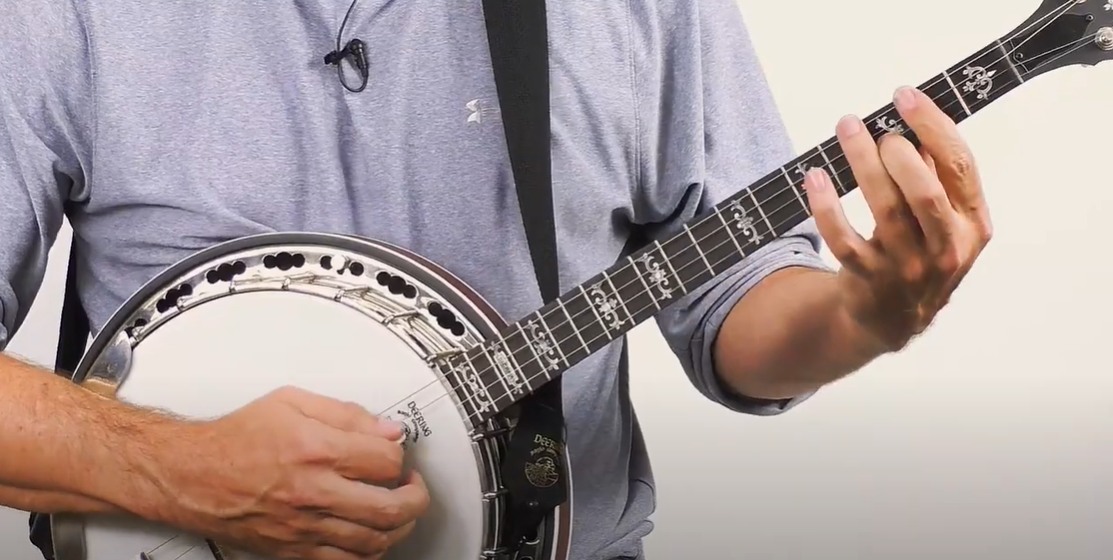
What is a tenor banjo for Irish music?
The tenor banjo, with its distinctive sound and versatility, holds a significant and cherished role in traditional Irish music. Its resonant and piercing tones, resonating with a touch of melancholy, make it a powerful lead instrument in an Irish ensemble, often carrying the enchanting melody in lively tunes such as jigs and reels. With its bright, percussive sound cutting through the ensemble, the tenor banjo brings an essential element to the vibrant soundscape of traditional Irish music.
In contrast to its role in jazz or folk music, where it might frequently provide rhythmic backing, in Irish music, the tenor banjo shines as a melodic powerhouse. Its four-string configuration, as opposed to the five-string banjo common in American folk music, makes it somewhat easier to navigate, especially for beginners. Tuned to GDAE, just like a mandolin or violin, the tenor banjo enables the skilled musician to effortlessly weave intricate, fast-paced melodies that are characteristic of the captivating Irish music tradition.
Adding to its versatility, the tenor banjo also finds its place in some bands as a rhythmic chordal accompaniment, adding depth and texture to the overall sound. It harmoniously blends with other traditional instruments like the bodhrán, fiddle, and bouzouki, creating a rich tapestry of harmonies and rhythms that transport listeners to the captivating landscapes of Ireland.
Whether played solo or as part of a larger ensemble, the tenor banjo continues to captivate audiences with its unique timbre and evocative melodies. Its contribution to the richness and depth of traditional Irish music cannot be overstated, making it an instrument that is truly cherished and celebrated by musicians and enthusiasts alike.
How to read tenor banjo sheet music?
Reading sheet music for the tenor banjo is a valuable skill that opens up a wide range of music for you to explore. To start, you should understand that sheet music is a form of written music notation that uses modern musical symbols to indicate the pitches, rhythms, or chords of a song or instrumental piece. Here’s a step-by-step guide to help you read tenor banjo sheet music:
- The Staff: Each musical note on a piece of sheet music is placed on and between a set of five horizontal lines called the staff. The higher the note is on a staff, the higher the pitch of the sound.
- The Clef: At the beginning of the staff, you’ll see a symbol called a clef. The tenor banjo usually uses the treble clef, which looks like a stylized ‘G’.
- The Notes: Notes are represented by little circles on the staff. The position of the note indicates the pitch. The note head can be filled (black) for a quarter note and below, or open (white) for half and whole notes.
- The Key Signature: This is located after the clef and shows which notes are to be played as sharps (#) or flats (b) consistently throughout the piece.
- The Time Signature: It is represented by two numbers, one over the other, appearing after the key signature (if any) or at the beginning of the music. The upper number indicates how many beats there are in a measure, while the lower number represents which type of note gets one beat.
- The Rhythm: The rhythm of the song is shown by the shape of the notes and rests. For example, a filled-in note with a stem is a quarter note, and it usually gets one beat.
- Tabs: Some tenor banjo sheet music might also include a tablature or ‘tab’ beneath the staff. This shows where to place your fingers on the instrument’s fretboard.
Remember, reading sheet music is a skill that will develop and improve over time. Be patient with yourself, practice regularly, and you will find yourself reading and playing from tenor banjo sheet music with ease.
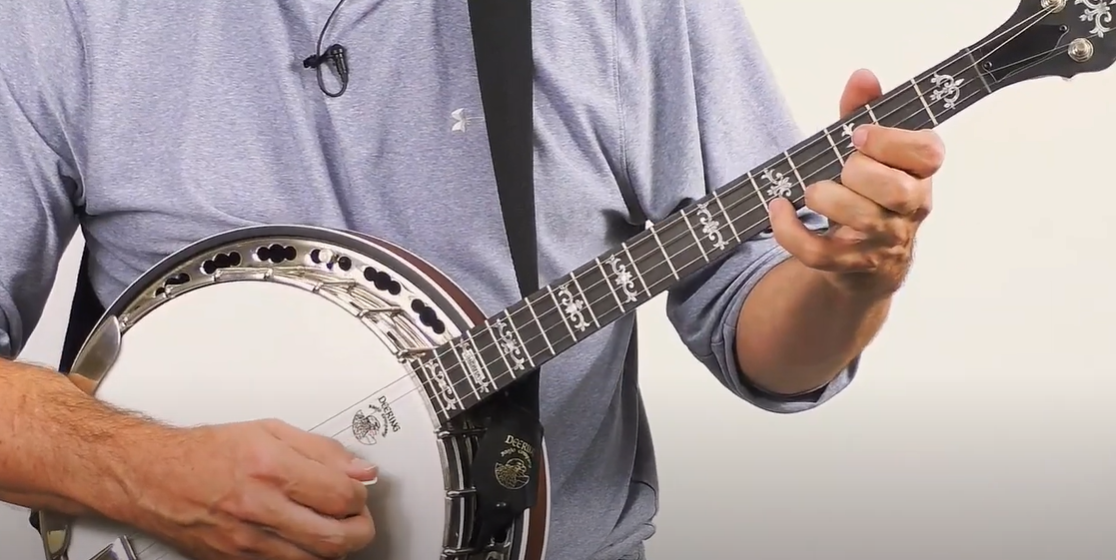
Is it hard to play tenor banjo?
Playing the tenor banjo, like any instrument, can present challenges, but it’s not inherently difficult to learn. The tenor banjo, known for its distinct sound and versatility, has fewer strings than many other stringed instruments, which some beginners find less intimidating. Moreover, the tuning pattern of the tenor banjo often mirrors that of other popular instruments, such as the violin or mandolin, potentially making the transition easier for those who have prior experience with these instruments.
However, mastering the tenor banjo, particularly in fast-paced music genres like Irish traditional music or jazz, requires consistent practice and dedication. Techniques such as picking, strumming, and fretting notes must be learned and refined over time, allowing players to achieve precision and expressiveness in their playing. Furthermore, while reading sheet music or tabs is not necessary for all players, acquiring this skill can greatly expand the range of music available to you, opening doors to new melodies and compositions.
In addition to technical proficiency, playing the tenor banjo also invites exploration and creativity. Its unique tonal qualities, combined with various playing styles and techniques, allow musicians to experiment and develop their own distinctive sound. Whether you’re captivated by the lively rhythms of Irish jigs or the soulful melodies of jazz standards, the tenor banjo offers a rich and rewarding musical journey.
Overall, while the tenor banjo can be challenging to master, with consistent practice, patience, and passion, players of all levels can find joy and fulfillment in playing this unique instrument. So grab your tenor banjo, let your fingers dance across the strings, and embark on a musical adventure that will resonate with your heart and soul.
Is a 4 string banjo a tenor?
Yes, a 4-string banjo typically refers to a tenor banjo, which is a versatile instrument used in traditional Irish music and jazz. It is distinguished by its shorter neck compared to the more common 5-string banjo, which is commonly seen in American folk and bluegrass music. The tenor banjo’s four strings are typically tuned to C-G-D-A for jazz music or G-D-A-E for Irish music, resembling the tuning of a violin or mandolin.
The tenor banjo’s four-string configuration and shorter neck make it an appealing choice for beginners due to its relative simplicity compared to the 5-string version. This simplicity allows beginners to focus on the fundamental techniques and develop a solid foundation before delving into more complex styles. Additionally, the shorter neck offers a more comfortable playing experience, making it easier for beginners to reach the frets and form chords.
However, it’s important to consider the type of music you wish to play when choosing a banjo. While the tenor banjo is well-suited for Irish music and jazz, it may not be the ideal choice for other genres like bluegrass or clawhammer style. Exploring various banjo styles and genres can help you make an informed decision about the type of banjo that best suits your musical preferences.
If you’re uncertain about which banjo to choose or how to get started, seeking guidance from an experienced player or music teacher can be immensely beneficial. They can provide insights, recommend resources, and offer personalized advice to help you embark on your banjo journey with confidence. So, don’t hesitate to reach out and tap into the wealth of knowledge that experienced musicians can provide.
Useful Video: How to play The Rocky Road To Dublin | Irish Tenor Banjo (With Tabs)
Conclusion
Whether you’re attracted to the lively melodies of traditional Irish music or the smooth rhythms of jazz, the tenor banjo is a dynamic and versatile instrument to consider. With its unique sound, characterized by bright and resonant tones, it offers a distinct voice in any musical ensemble, adding a touch of brilliance and energy.
The tenor banjo’s four-string configuration, typically tuned in fifths, provides an accessible entry point for beginners. Its compact size and shorter scale length make it comfortable to hold and play, allowing for quicker finger movements and facilitating the learning process. As you delve into the realm of the tenor banjo, you’ll discover a wide range of playing techniques and styles, from strumming chords with precision to plucking intricate melodies with finesse.
While mastering the tenor banjo may present its fair share of challenges, consistent practice and dedication will undoubtedly yield rewarding results. Whether you choose to follow sheet music or explore the instrument by ear, the possibilities for musical exploration and enjoyment are boundless. As you progress, you’ll find yourself effortlessly navigating through jigs, reels, jazz standards, and more, adding your own unique touch to each performance.
The tenor banjo’s versatility extends beyond traditional genres, allowing you to experiment and fuse different musical influences. Whether you’re looking to create upbeat and lively tunes or heartfelt and soulful melodies, the tenor banjo will serve as your faithful companion on this musical journey. As you strum, pluck, and explore the instrument’s capabilities, you’ll discover new and exciting ways to express yourself and captivate audiences.
So, why not embark on this musical adventure today? Pick up a tenor banjo, feel the resonating vibrations beneath your fingertips, and unlock the joy of making music like never before. Embrace the richness of its sound, the depth of its history, and the freedom it offers for creative expression. The tenor banjo awaits you, ready to accompany you on a lifelong journey of musical discovery and enjoyment.
References:
- https://blog.mcneelamusic.com/tunes-irish-tenor-banjo-mandolin/




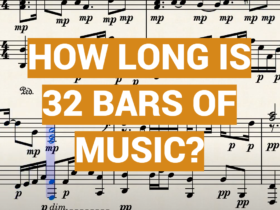
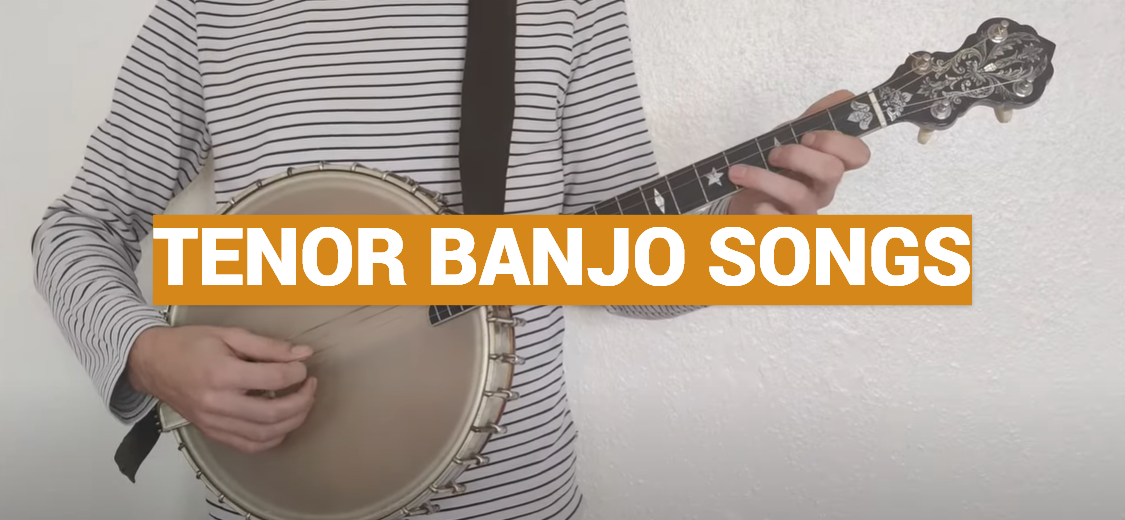
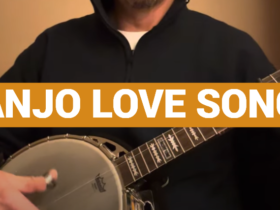

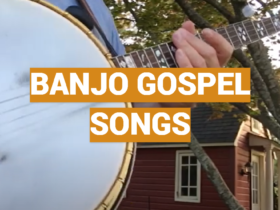
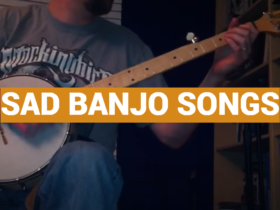
Leave a Reply